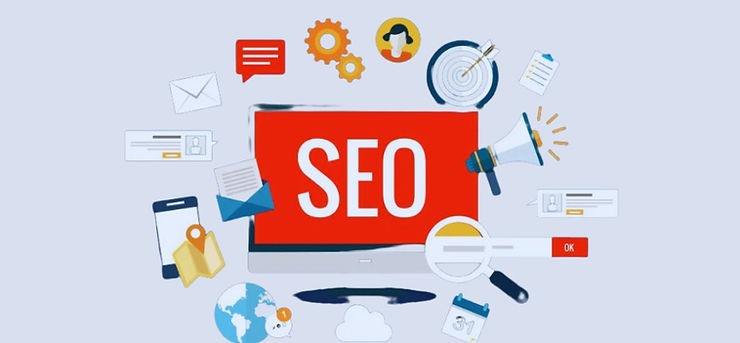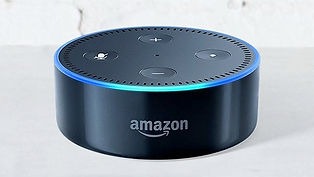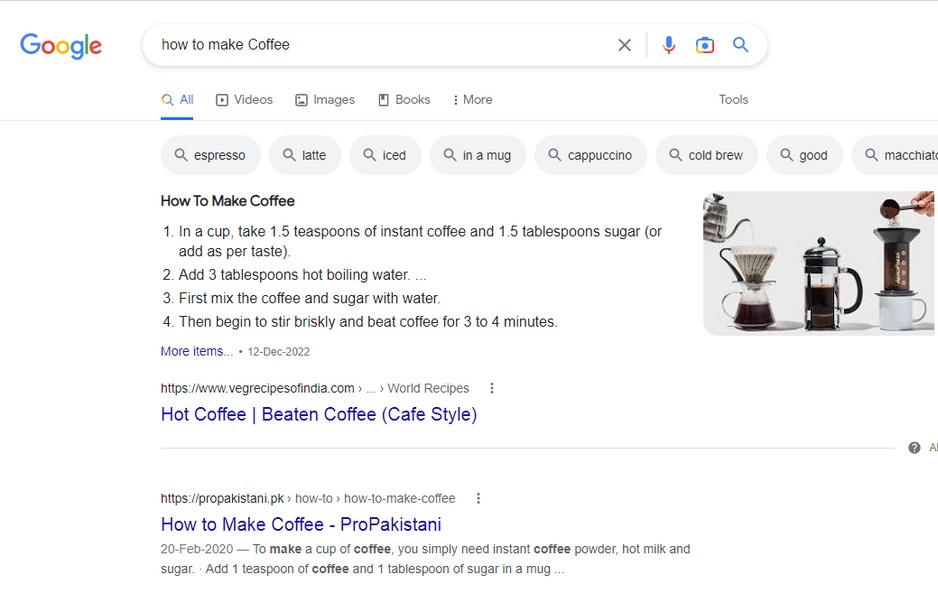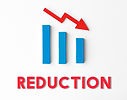In this article we will discuss:
- Importance of website optimization
- Why we should focus on homepage optimization
- 8 steps for optimizing the home page of your online business
- Use a homepage SEO strategy
- Include important calls to action
- Improve your mobile experience
- Provide your contact details
- Provide a customized experience
- Showcase your best items
- Display off your site security
- Promote sales
- Conclusion
The Importance of Website Optimization in Online Commerce:
The pandemic in 2020 forced customers to switch from making offline to online purchases. In the upcoming years, the e-commerce sector will expand more as consumers continue to ignore in-store transactions. e-commerce is expected to expand by 11% between 2019 and 2024 on a long-term basis.
However, since more consumers are using e-commerce, there is strong competition on the business front. The homepage serves as your opportunity to stand out from the competition and grab a visitor’s attention as soon as they land on your website. Make sure visitors are attracted to and engaged by your homepage.
How do you choose what will appeal to and influence your intended audience? constant experimentation to create the best possible version of your homepage, you can run A/B tests on the copy, navigation, design, forms, and calls-to-action.

Why focus on homepage optimization?
A person can form an opinion about your website in just ten seconds. They’ll decide in that brief period whether to stay and take a look around or to depart. Making a solid first impression is important since people rate websites quickly.
Additionally, your e-commerce homepage has an impact on all facets of your marketing plan, including traffic to your website, search engine rankings, conversion rates, sales figures, and much more.
Therefore, if you’re prepared to do it correctly and create a homepage that no one will leave, we’ve got you covered and how and why to run an A/B test to make sure the changes you’re making are effective.
8 steps for optimizing the home page of your online business:
Here are eight steps you may follow to make a homepage that converts.
Use a homepage SEO strategy:
Work on your homepage to boost your SEO campaigns. You want both users and search engines to be able to easily find your homepage.
When someone visits your website, they should be able to quickly and easily determine who you are, why they should buy from you, what you sell, and where to find the products.
When a search engine crawler visits your homepage, they must gather details about your company, its offerings, and its location.
Improve the title tag, meta description, and graphics on your homepage.
Your website benefits from optimizing the title tag and meta description on the homepage. It informs search engines of what your website is promoting and changes your snippet on the search engine results page (SERP). (Add link here, previous post What is The Importance of Meta Description in SEO?)
The title tag should contain your company name and location and be no more than 60 characters (if necessary). Use attention-grabbing terms like free shipping, sale, money-back guarantee, and free returns.
Don’t forget to optimize your photos as well. An e-commerce website needs images because visitors want to see the products, they are considering purchasing. However, graphics on your homepage may slow down the loading of your website, driving away visitors. Additionally, badly designed photos hurt your SEO attempts.
By resizing your photographs to the precise size, you desire, you can avoid these problems. Your web page will load more quickly and the file size will be decreased if you resize your photos.
Add ALT text next. To aid search engine crawlers, the ALT text should explain what is in the image. You may also include a caption beneath the picture that describes what’s seen there and provides any other details that could be useful.
- Include important calls to action:
Whether they like to or not, people occasionally need to be told what to do. To tell visitors what to do next, use calls to action (CTAs). Good CTAs can improve user navigation on your website and boost conversion rates.
What CTAs work best for your viewers? Your options may be limited by A/B testing. “Schedule a Demo,” “Begin Free Trial,” “Learn More,” and “Purchase Now” are a few examples of CTAs.
CTAs should typically include verbs that push site visitors to take action. A decent rule of thumb is to keep it basic, but you can do a split test to compare the effects of adding and removing words.
- Improve your mobile experience:
Increasingly consumers, including those using smartphones and tablets, are communicating with brands through mobile devices.
Although it is growing, using a mobile device to browse the internet and make transactions is still relatively young compared to the history of the internet. As a result, mobile conversion methods are less well-known than they are for desktop campaigns.
A/B testing is much more essential for mobile sites. Because customers may utilize mobile as a touch point in their purchase process, A/B testing for mobile isn’t as straightforward as it is for desktop. Customers may find an item they wish to buy on their mobile device, for instance, but proceed to their desktop to complete the transaction. When a customer converted on the mobile site, you could see it on your desktop.
- Provide your contact details:
Consumers are more aware of phishing scams and fake websites, so they are on the lookout for stores and websites that seem odd. Displaying your contact details is one approach that might comfort consumers.
Displaying your contact details not only promotes trust but can also improve the user experience for anyone trying to get in touch with you. So, leave as many options as you can, such as media sites, phone numbers, email addresses, etc. Different clients prefer different communication ways, so leave as many options as you can.
- Provide a customized experience:
The modern consumer expects personal purchase suggestions from e-commerce websites. Use a customer’s past browsing and purchasing activity to present their products that could be of interest.
Customers can also be reminded of the items in their shopping carts that they abandoned and have upsold. You can also display products that are relevant to what they’ve already seen.
- Showcase your best items:
Although internal product pages will house the majority of your products, the homepage is a great place to highlight your top offerings. Giving clients quick access to your top products helps them decide what to buy.
You may test which goods perform better on the homepage over time. On the site, you may also consider featuring best-sellers, seasonal items, or product updates.
- Display off your site security:
Online buyers seek confidence that you’ll keep their information safe and secure since hacking and identity theft are on the rise. You’ll have a greater chance of converting visitors into customers if you can demonstrate that your website is secure.
On your homepage, display trust badges and seals that are well-known. These signals can be linked to your security provider, allowing them to conduct whatever research they choose. You can put these in your footer.

- Promote sales:
Everyone enjoys a good deal, so it’s a good idea to highlight any ongoing sales on your homepage. On your website, you can also have a sale section that is prominently displayed and simple to find.
You might, for instance, advertise seasonal sales on your homepage and include a section for ongoing sales in the navigation of your website.
Conclusion:
As you can see, optimizing a website is important for an e-commerce store. It addresses all of the significant issues raised by the use cases for websites. Through faster loading times, improved usability, and immediate access to customer care, it can help you enhance your purchasing experience overall. Every website will have a different cost associated with website optimization because it is based on the size of the project. Once your objectives are clear, you should get your website evaluated to find out what needs to be optimized so you can see results as soon as possible.
Become a marketing expert already today and subscribe to our everyday news. Stay ahead of the latest tips and tricks to strive your business to the top!
P.S. We promise not to spam you – just the very best content for you and your loved business!













